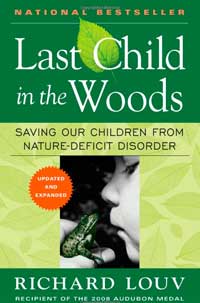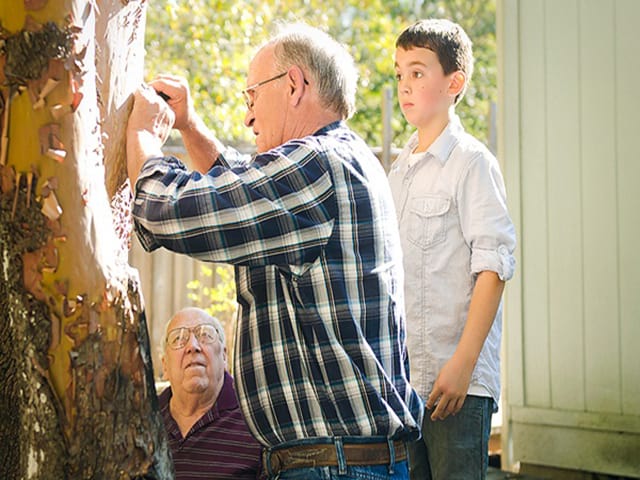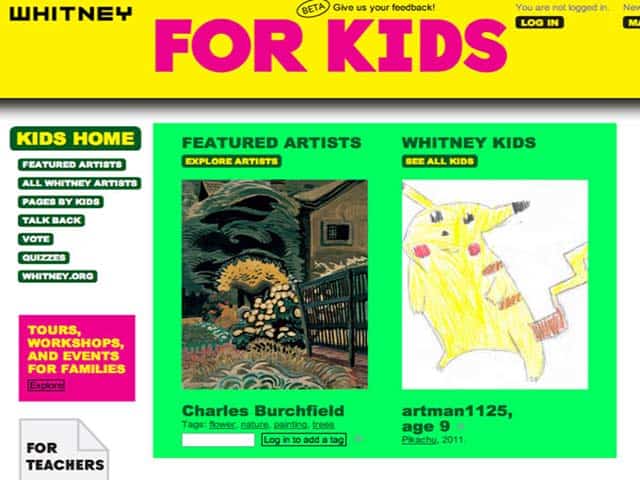 I remember spending hours playing outside our home in Tucson, Arizona. My parents built a sandbox in the backyard of my first childhood home and we had a good sized garden where we grew tomatoes, zucchini, squash and corn, which is no small feat in the Arizona climate.
I remember spending hours playing outside our home in Tucson, Arizona. My parents built a sandbox in the backyard of my first childhood home and we had a good sized garden where we grew tomatoes, zucchini, squash and corn, which is no small feat in the Arizona climate.
I spent time picking vegetables and then moved to collecting ants and setting up ant farms of varying size and sophistication.
Our next home was a bit more rural and there was open desert just behind our house where I could spend hours wandering with my friends and exploring. We had a television and I had my Atari 2600 but it was no substitute for enjoying the outdoors.
The author of The Last Child in the Woods, Richard Louv, touches on the disconnect that many of today’s children have with the natural world. He claims that “thoughtful exposure of youngsters to nature can… be a powerful form of therapy for attention-deficit disorder and other maladies.”
Publisher’s Weekly notes that instead of passing summer months hiking, swimming and telling stories around the campfire, children these days are more likely to attend computer camps or weight-loss camps: as a result, Louv says, they’ve come to think of nature as more of an abstraction than a reality. Indeed, a 2002 British study reported that eight-year-olds could identify Pokémon characters far more easily than they could name “otter, beetle, and oak tree.”
It’s a sad situation but one that has become our reality. Louv has gathered research from parents, teachers, environmentalists and other caregivers and makes the case for a return to an awareness of and appreciation for the natural world. By educating children on the importance and beauty of nature which is good for their health, they also become more likely to care for nature as they grow into adults.
The Last Child in the Woods: Saving Our Children From Nature-Deficit Disorder is available now on Amazon.com


